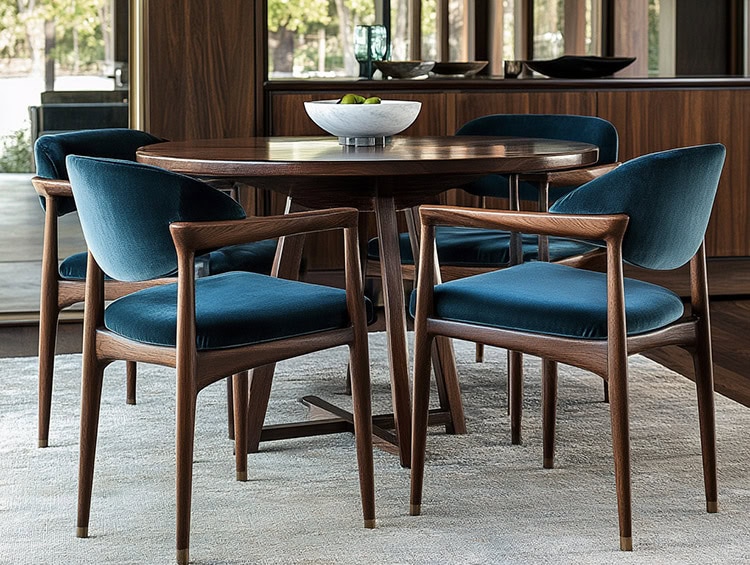Table covers help protect kitchen or dining tables and dresses up the table settings. While you can use tablecloths, runners and placemats all at once, you can also just pick one or two that work for you. If you want a formal table setting you might use all three, whereas a more casual kitchen table looks great with just a pretty patterned tablecloth thrown over it. If you want to let the table show but still protect the surface, runners and placemats will do the trick.

Table clothes, runners and placemats are simple to make yourself. If you can sew a straight seam with a sewing machine, you won’t have any problem making any of these three projects. All you’ll need is fabric, a sewing machine, scissors, thread, pins, and a ruler or measuring tape. Depending on your fabric, an iron and ironing board may also be useful.
Tablecloths
Fabrics that can be machine washed and dried are the best choices for tablecloths. Since they’ll be covering an eating surface, tablecloths need frequent laundering and you don’t want to have to worry about them shrinking or wrinkling when you try to clean them. Choose the widest fabric available – 54 inches or wider is best if you want to use one continuous piece to cover the table.
To determine the finished size of your DIY tablecloth, measure the width and length of the table top, then add about 12 inches to each side for the drape. The finished tablecloth should hang over the sides of the table and 1 inch above the chair seats, so adjust drape length as-needed for your table. If the width measurement for the tablecloth exceeds the width of your fabric, add an extra 2 inches for seam allowance when piecing fabric panels together. Once you have the fabric cut out and/or pieced together, finish the edges with a rolled hem, using seam-binding, or with trim.
Table Runners
While table runners will also require cleaning, they’re washed less frequently than tablecloths and you have a bit more leeway when choosing a fabric. This is a good way to use home decor and multipurpose fabrics. You can also add fringe, tassels or trim if you like.
Table runners should measure 1/3 the width of your dining room table and be long enough to hang 6 to 10 inches over each end. Once you’ve determined the size you want for your finished DIY table runner, add 1 inch to the length and width for seam allowance. For a more finished look and to prevent fraying, zig-zag stitch all the way around. Next, measure and pin a 1/2 seam all the way around and sew.
Placemats
Use the same sewing techniques you used for table runners to make placemats. For rectangle placemats, just cut the fabric to 14 by 18 inches, then sew a 1/4 inch hem all the way around. You could also just leave the edges raw and let them fray a little for a less formal look.
If you’re using a plain, basic fabric for your placemats that takes dye well, like a cotton or linen blend, you can take the DIY a step further using different dye techniques. Shibori dye techniques involve pleating the fabric tightly and then immersing it in the dye (much like tie-dye). Using a dip-dye technique gives you a more gradual transition between colors.
Come visit us at one of our retail locations or shop online! Looking for one of our discount designer fabric stores near Addison, TX? Stop by our Cutting Corners location in Dallas, Tx (located off Midway between alpha and Spring Valley) for great deals on animal print fabrics. You will find something for every home drapery and upholstery project.

















